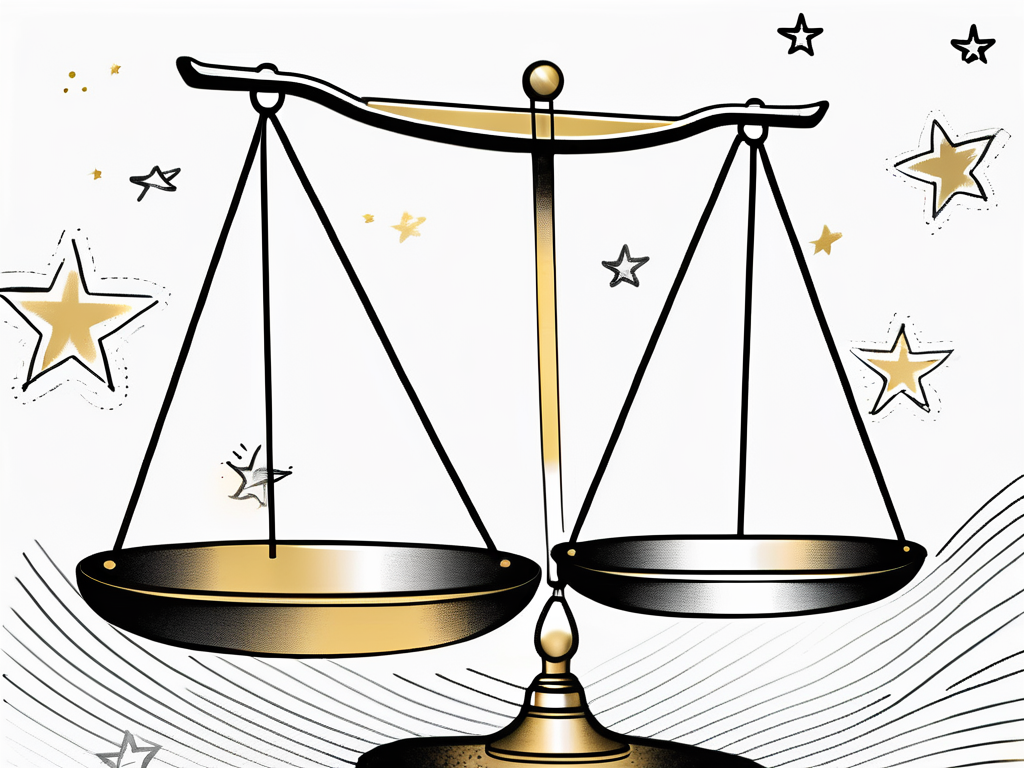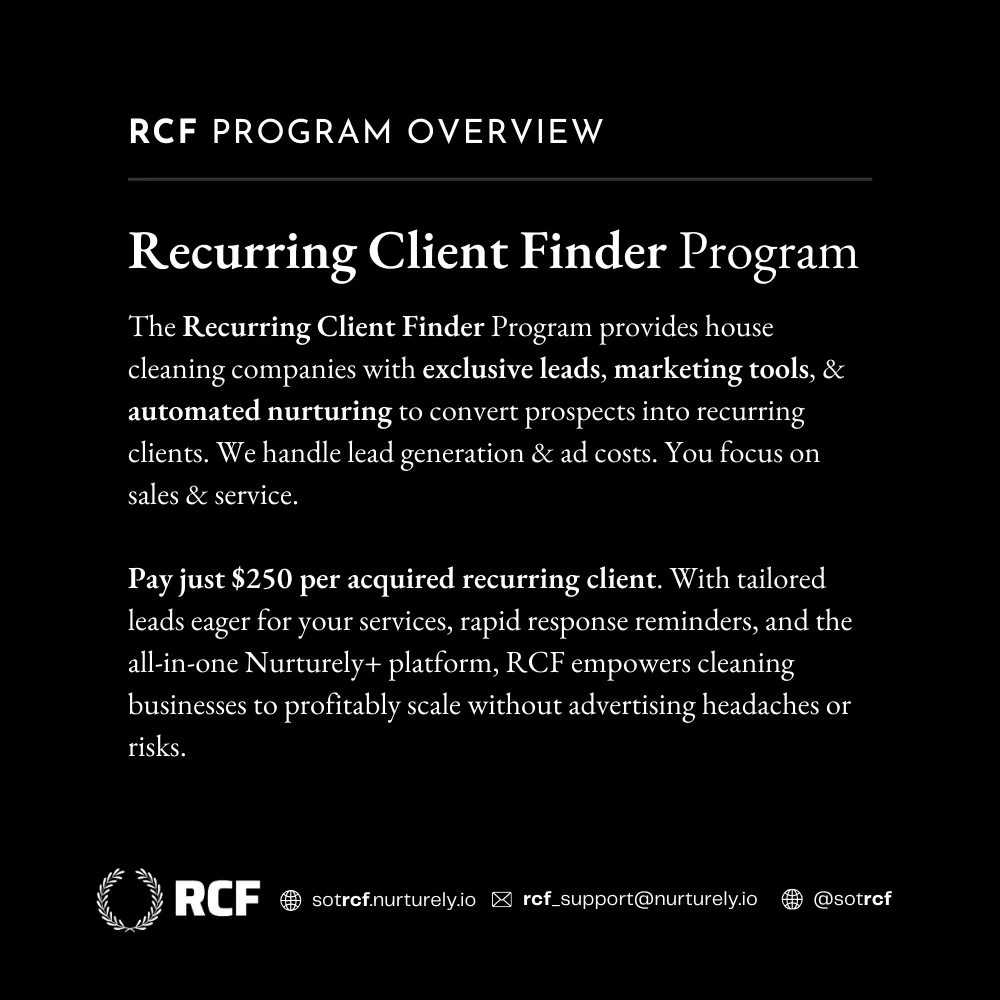
Building Client Loyalty: How to Keep Customers Coming Back with Rewards

Building Client Loyalty: How to Keep Customers Coming Back with Rewards
In today's highly competitive business landscape, building and maintaining client loyalty is essential for the long-term success of any organization. A loyal customer base not only provides a steady stream of revenue but also serves as brand advocates, bringing in new customers through positive word-of-mouth. One effective strategy to foster client loyalty is by implementing a well-designed rewards program. By offering benefits and incentives to loyal customers, businesses can create a mutually beneficial relationship that keeps customers coming back for more.
Understanding the Importance of Client Loyalty
Loyalty is a fundamental aspect of building strong relationships with customers. It goes beyond simply satisfying their needs and extends to creating emotional connections that drive repeat business. When customers feel appreciated and valued, they are more likely to remain loyal to a brand and continue making purchases. Research has shown that attracting new customers can be up to five times more expensive than retaining existing ones, making client loyalty an invaluable asset for businesses looking to maximize profitability.

The Role of Loyalty in Business Growth
Client loyalty plays a significant role in driving business growth. Loyal customers not only increase the revenue generated but also contribute to organic growth through referrals. By providing an exceptional customer experience and incentivizing loyalty, businesses can create a positive feedback loop where satisfied customers become brand ambassadors, attracting new customers and fueling further growth.
How Client Loyalty Impacts Your Bottom Line
The impact of client loyalty on a company's bottom line is undeniable. Loyal customers tend to spend more and make more frequent purchases. They are also less price-sensitive and more willing to try new products or services from the same brand. Moreover, loyal customers often become advocates for the brand, positively influencing others' purchasing decisions. All these factors contribute to increased revenue, higher profit margins, and improved overall financial performance.
But what are some strategies that businesses can implement to foster client loyalty? One effective approach is to personalize the customer experience. By understanding individual preferences and tailoring products or services to meet specific needs, businesses can create a sense of exclusivity and make customers feel valued.
Another strategy is to establish a loyalty program that rewards customers for their continued support. This can be in the form of discounts, exclusive offers, or even access to special events. By providing tangible benefits to loyal customers, businesses can further strengthen the emotional connection and incentivize repeat purchases.
Furthermore, maintaining open lines of communication with customers is crucial for building loyalty. Regularly seeking feedback, addressing concerns promptly, and keeping customers informed about new developments or upcoming promotions can help foster a sense of trust and engagement.
Ultimately, client loyalty is not something that can be achieved overnight. It requires consistent effort, genuine care for customers, and a commitment to delivering exceptional experiences. However, the long-term benefits of client loyalty, such as increased customer lifetime value and sustainable business growth, make it a worthwhile investment for any organization.
The Psychology Behind Customer Loyalty
Understanding the psychology behind customer loyalty is crucial in developing an effective rewards program. Human behavior is heavily influenced by positive reinforcement, and rewards play a significant role in shaping customer behavior.
Customer loyalty goes beyond just repeat purchases; it involves a deep emotional connection between the customer and the brand. This connection is built on trust, satisfaction, and a sense of belonging. When customers feel appreciated and valued through rewards, they are more likely to develop a sense of loyalty that extends beyond transactional interactions. Businesses that prioritize understanding the emotional needs of their customers can create lasting relationships that withstand competitive pressures.
The Connection Between Rewards and Loyalty
When customers are rewarded for their loyalty, they feel appreciated and valued by the business. This positive reinforcement strengthens their emotional connection to the brand and encourages continued engagement. Rewards can take various forms, such as discounts, personalized offers, exclusive access to events, or even free merchandise. By providing tangible benefits, businesses demonstrate their commitment to their customers' satisfaction and build a sense of reciprocity, leading to increased loyalty.
Moreover, rewards programs can also serve as a platform for businesses to gather valuable customer data and insights. By analyzing customer preferences and behaviors through their interactions with the rewards program, businesses can tailor their offerings to better meet the needs and desires of their customer base. This data-driven approach not only enhances the effectiveness of the rewards program but also deepens the understanding of customer behavior and preferences.
The Impact of Positive Reinforcement on Customer Behavior
Positive reinforcement has been widely studied in psychology and is recognized as a powerful motivator. When customers are rewarded for their loyalty, they experience a sense of accomplishment and satisfaction. This positive experience creates a desire for reoccurring rewards, leading to repeated purchases and increased loyalty. By understanding the psychology of positive reinforcement, businesses can strategically design rewards programs that tap into customers' innate desire for rewards and drive long-term loyalty.
Furthermore, the impact of positive reinforcement on customer behavior extends beyond individual transactions. Customers who feel a sense of connection and appreciation from a brand are more likely to become brand advocates, spreading positive word-of-mouth and attracting new customers. This organic growth fueled by loyal customers not only increases revenue but also solidifies the brand's reputation and market presence.
Designing a Reward System that Works
Creating a successful reward system involves careful planning and consideration of various factors. Here are some key elements to keep in mind:

Key Elements of a Successful Reward System
Clear Objectives: Define what you aim to achieve with your rewards program and align it with your business goals.
Relevant and Valuable Rewards: Offer rewards that are meaningful to your customers and provide genuine value.
Ease of Participation: Keep the redemption process simple and accessible for customers to increase engagement.
Regular Communication: Inform customers about their rewards, upcoming promotions, and special offers to maintain their interest and participation.
Tailoring Your Reward System to Your Customer Base
Every customer base is unique, and understanding your specific audience is essential when designing a rewards program. Conduct market research and collect customer feedback to identify their preferences and interests. By tailoring the rewards, you can create a personalized experience that resonates with your target audience and strengthens their loyalty to your brand.
Implementing Your Customer Rewards Program
Once you've designed a rewards program that aligns with your objectives and customer base, it's time to implement it effectively. Follow these steps to ensure a smooth launch:
Steps to Launch Your Reward Program
Set Clear Goals: Establish specific objectives for your reward program, such as increasing customer retention or boosting average order value.
Promote Your Program: Communicate the benefits of your rewards program through various channels, including email marketing, social media, and your website.
Simplify Enrollment: Make it easy for customers to sign up for your rewards program, ensuring a straightforward registration process.
Track and Measure Results: Monitor the program's performance regularly, evaluating key metrics such as customer engagement, redemption rates, and overall return on investment.
Ensuring Your Rewards Program is User-Friendly
A well-designed rewards program should be simple and user-friendly. Avoid complex instructions or excessive steps that may discourage customers from participating. Use technology to your advantage by leveraging user-friendly platforms or mobile apps that make it easy for customers to track their rewards and redeem them hassle-free.
Evaluating the Success of Your Rewards Program
Measuring the success of your rewards program allows you to identify areas for improvement and make data-driven decisions. Here are some essential metrics to consider:

Metrics to Measure Customer Loyalty
Retention Rate: Track the percentage of customers who continue purchasing from your business over a specific period.
Repeat Purchase Rate: Measure the frequency at which customers make repeat purchases.
Customer Satisfaction: Collect feedback and use surveys to assess the satisfaction levels of your customers.
Adjusting Your Rewards Program Based on Feedback
Customer feedback is invaluable in refining and improving your rewards program. Regularly gather feedback from participants, whether through surveys, focus groups, or online reviews. This feedback will provide insights into customer preferences, allowing you to make necessary adjustments and enhancements to ensure your rewards program remains effective and impactful.
Conclusion
Building client loyalty is a multifaceted process that requires businesses to understand the importance of loyalty, the psychology behind customer behavior, and how to design and implement a successful rewards program. By investing in a well-designed rewards program, businesses can nurture long-term relationships with their customers, boost profitability, and secure a competitive edge in today's dynamic marketplace. Remember, building client loyalty is an ongoing effort that requires continuous evaluation and adaptation to the ever-changing needs and expectations of your customers.
Join The RCF and Elevate Your Client Loyalty
As you strive to build unwavering client loyalty with a rewards program, consider the power of partnership with The RCF. Our mission aligns perfectly with your goal of adding over 10 new recurring clients to your house cleaning business each month. By applying to The RCF, you'll tap into a wealth of resources, including over 230 quality leads per quarter, advanced sales software tailored for the house cleaning industry, and proven success strategies that enhance engagement and conversion rates. With our pay-for-performance model, you invest in results, not promises. Ready to unlock unlimited growth potential and exclusive market access? Apply to The RCF today and transform your approach to client loyalty and business success.







Facebook
Instagram
X
LinkedIn
Youtube
TikTok